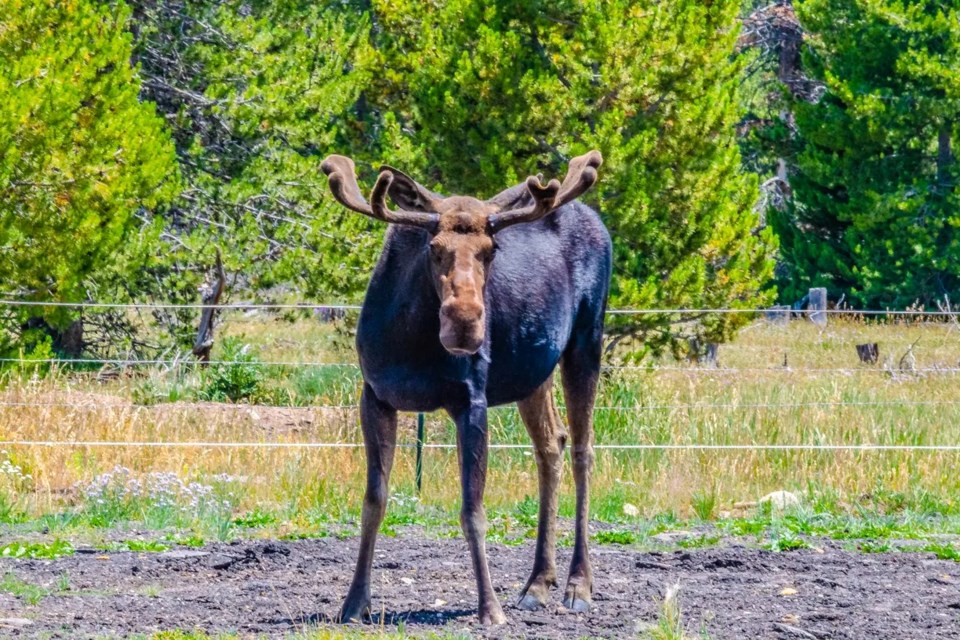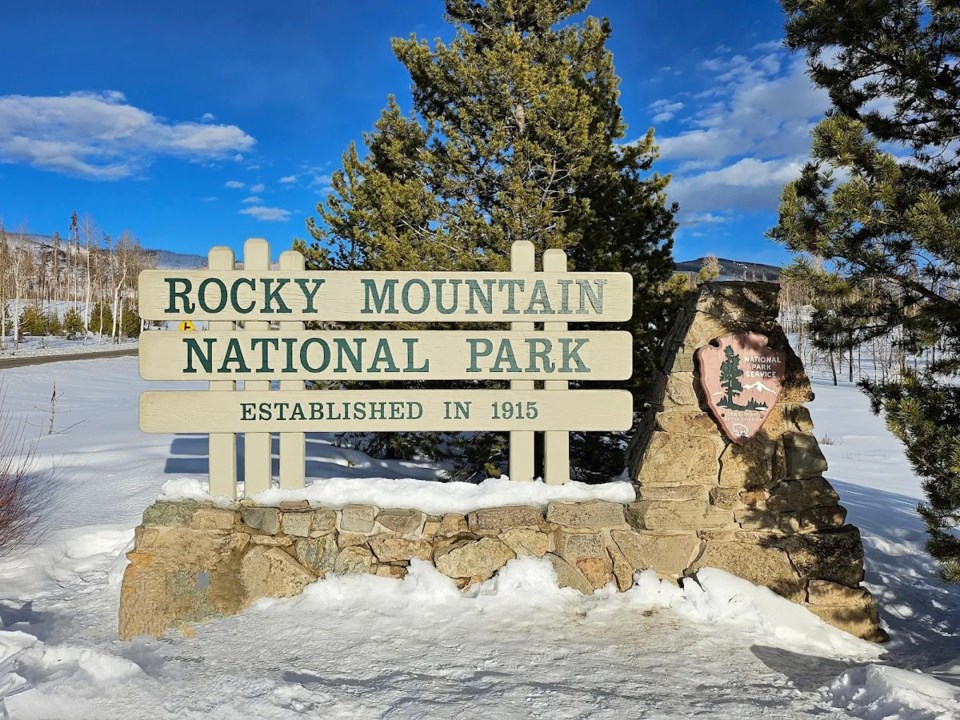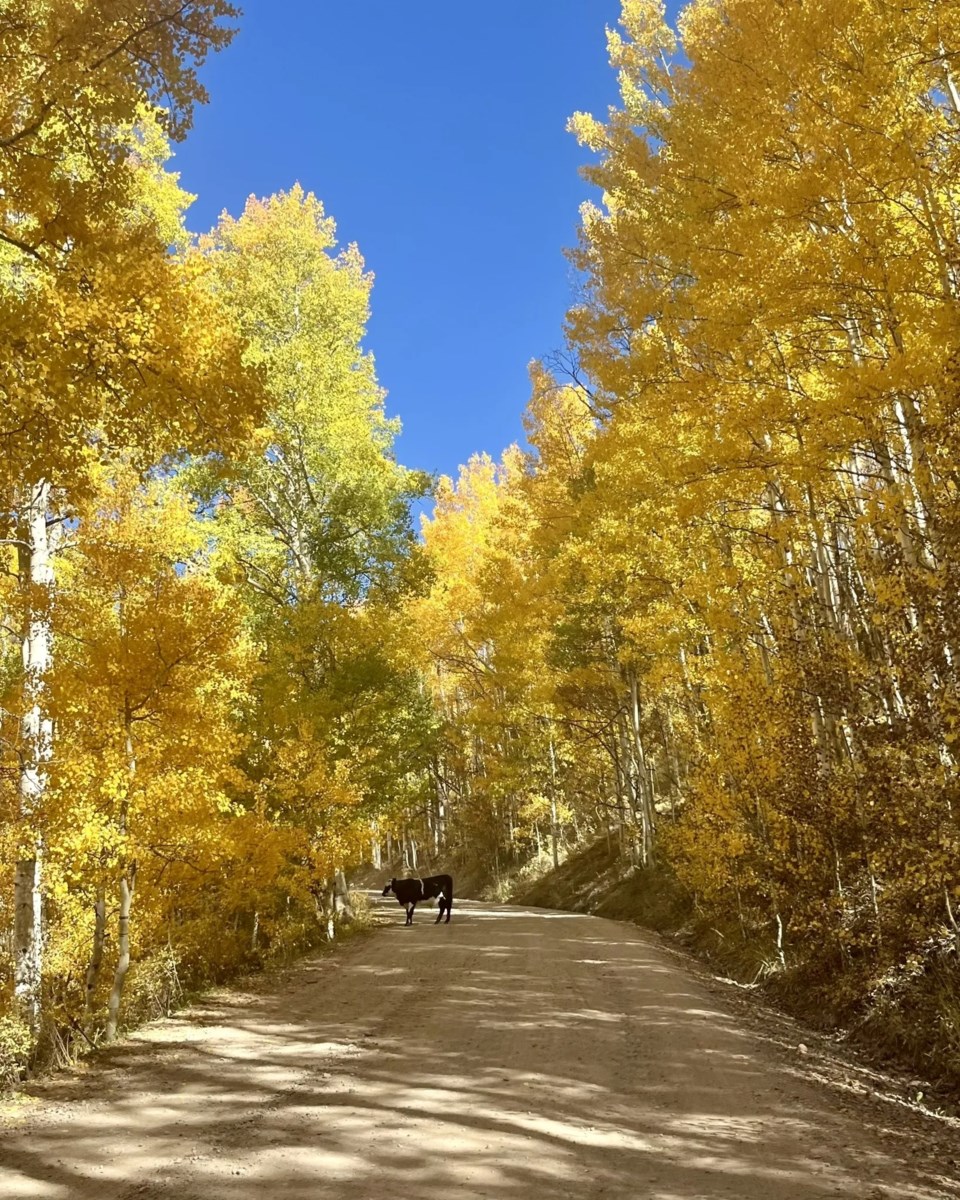Moose are among the largest and most iconic animals in Colorado’s high country. With an estimated population of around 3,000 statewide, spotting one in the wild is possible if you know where to look.
From national parks to hidden forest trails, this guide highlights the best places where to see moose in Colorado along with safety tips and practical advice for a respectful wildlife encounter.
Top Moose Viewing Locations in Colorado
State Forest State Park – Gould, Jackson County

This park is known as the “Moose Viewing Capital of Colorado.” Located in North Park near the town of Walden, State Forest State Park is home to more than 600 moose, making it one of the most reliable places in the state for sightings. The mix of lakes, wetlands, and alpine terrain offers ideal moose habitat.
- Location: Highway 14 near Gould in Jackson County
- Distance: About 3.5 hours from Denver by car
- Facilities: Moose Visitor Center, restrooms, campgrounds, and parking
- Best Trails: Lake Agnes Trail (2.3 miles) and American Lakes Trail (7.1 miles)
- Entry Fee: $10 per day per vehicle
Stop at the Moose Visitor Center before you explore. Staff there provide maps, recent sighting reports, and helpful wildlife safety tips. Moose are often spotted along streams, in the woods, or even near roadways early in the morning or at dusk.
Arapaho National Wildlife Refuge – South of Walden

This protected wildlife refuge supports moose, birds, and other animals across thousands of acres of high country wetlands. Located just south of Walden in North Park, the refuge offers quiet, open spaces and a good mix of driving and walking access for wildlife viewing.
- Main Activity: Drive the 6-mile Wildlife Auto Tour route
- Best Hike: Wetland Nature Trail (easy boardwalk walk through marshlands)
- Entry Fee: Free
- Note: Dirt roads may close in winter or after heavy rain
The boardwalk trail provides a great way to look for moose from a safe distance. It’s also a great place to spot ducks, herons, and even bald eagles during certain seasons.
Rocky Mountain National Park – Grand Lake and Estes Park Entrances

Moose are increasingly common in Rocky Mountain National Park, especially on the west side near Grand Lake and the Kawuneeche Valley. These riparian zones support a healthy moose population, with sightings becoming more regular in summer and fall.
- Best Viewing Areas:
- West Side: Colorado River and Kawuneeche Valley (via Grand Lake entrance)
- East Side: Sprague Lake and Cub Lake near Estes Park
- West Side: Colorado River and Kawuneeche Valley (via Grand Lake entrance)
- Best Times: Summer and early fall
- Trail Notes:
- Sprague Lake is a short, flat walk
- Cub Lake is a moderate 5–6 mile round-trip hike
- Sprague Lake is a short, flat walk
- Entry Fee: $30 per vehicle (1-day pass); timed entry required May–Oct
- Road Closures: Trail Ridge Road is open only in summer
Moose sightings are more frequent in riparian (wetland) environments, so focus on areas with ponds, streams, and willow thickets.
Grand Mesa National Forest – Mesa County
Grand Mesa is the world’s largest flat-topped mountain. It contains over 300 lakes and large stretches of forest, making it an ideal place for moose to live and forage. The moose population here has grown steadily since their introduction in the early 2000s.
- Location: Near the towns of Mesa and Cedaredge, accessible via Highway 65
- Best Viewing Areas:
- Along Highway 65 between Powderhorn and Mesa-Delta County line
- Vega State Park (entry fees apply)
- Along Highway 65 between Powderhorn and Mesa-Delta County line
- Number of Moose: Over 400
- Activities: Fishing, camping, hiking, and wildlife viewing
Because of the many lakes and marshes, you have a good chance of seeing a moose while hiking, fishing, or even just driving through. Moose often move through quiet roadside areas in the early morning.
Ohio Creek Road – Gunnison County

Ohio Creek Road runs through beautiful valleys northwest of Gunnison. This area is rich in rivers, willow groves, and wet meadows—ideal conditions for moose. It’s a scenic, less-traveled area where moose sightings are frequent but not overly crowded.
- Location: From Gunnison, take CO-135 north to Ohio Creek Road
- Tip: Moose are often spotted in the early morning hours along roadside streams
- Accessibility: Easily driven, with turnouts for safe viewing
This is one of the lesser-known moose areas, so it’s often less crowded and peaceful. Sightings are more likely in spring, summer, and early fall, especially near wetlands close to the road.
Other Notable Moose Watching Areas
- Winter Park: Moose have been spotted near ski slopes and Berthoud Pass.
- Breckenridge: Look for moose near Hoosier Pass and on the town gondola ride.
- Steamboat Springs: Forest trails, lakes, and river corridors are home to moose year-round.
Safety Tips for Moose Viewing
Keep a Safe Distance
Always stay at least 50 yards (about half a football field) away from moose. They may seem calm but can become aggressive quickly, especially if startled. Use binoculars or a zoom lens for a closer view instead of walking closer. This keeps both you and the animal safe.
Never Approach Calves
Mother moose are very protective and may charge if they think their young are in danger. Even if a calf looks alone, the mother is usually nearby. Give extra space if you see a young moose, and quietly move away. Getting too close can provoke a dangerous reaction.
Watch for Signs of Aggression
Warning signs include ears pinned back, hair raised on the neck or shoulders, heavy snorting, and stomping. These signals mean the moose feels threatened and may charge. If you notice any of these behaviors, stop what you’re doing and prepare to leave calmly.
Back Away Slowly
If a moose seems alert, stops feeding, or stares directly at you, it may be feeling uneasy. Avoid sudden movements, don’t turn your back, and slowly back away while speaking softly. Never run, as this may trigger a chase or a defensive charge.
Final Thoughts on Moose Watching in Colorado
Colorado offers several great spots to view moose in their natural habitat, from quiet forest roads to scenic lakeside trails. By following safety guidelines and knowing the best places to look, you’ll improve your chances of a memorable sighting. Whether you're in North Park or the Rocky Mountains, knowing where to see moose in Colorado can make your trip even more rewarding.

